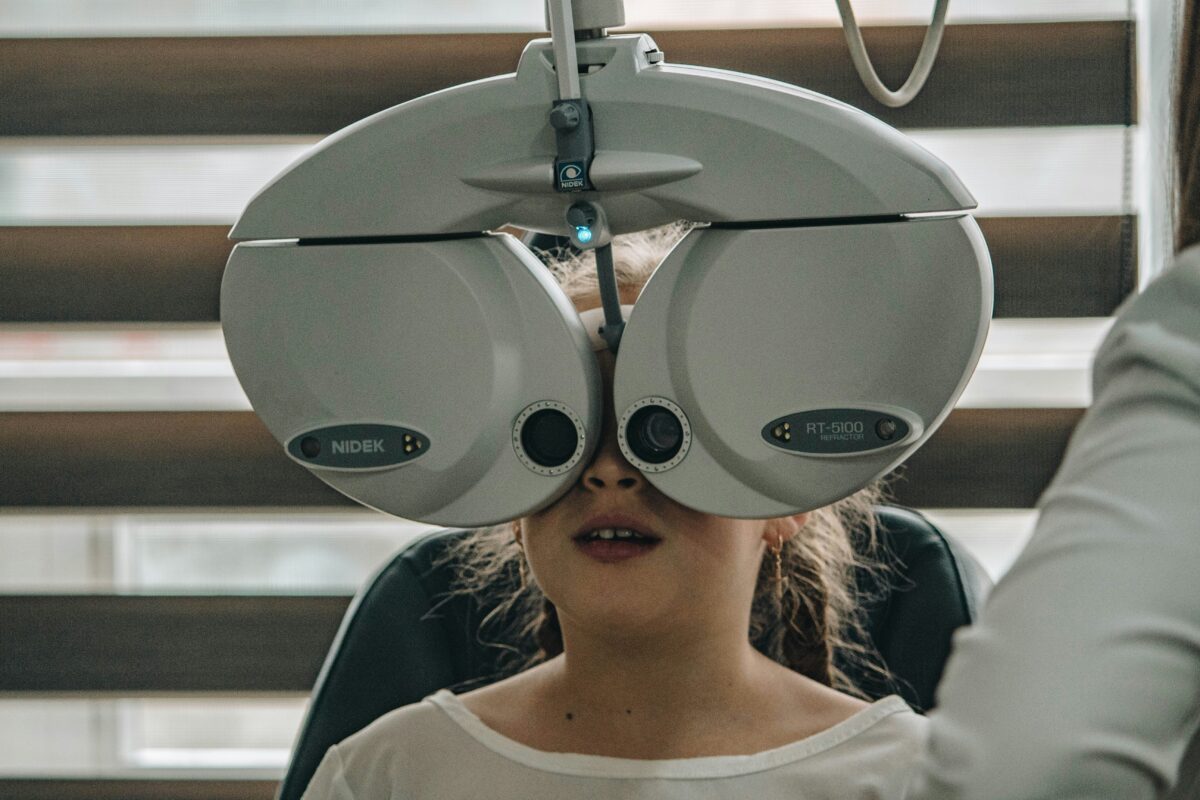Understanding the 10-Panel Drug Test: A Comprehensive Guide
Introduction
In today’s society, ensuring a drug-free environment, especially in the workplace, is of paramount importance for safety, productivity, and legal compliance. Drug testing has become a standard procedure for many organizations, and one of the most comprehensive tests used is the 10-panel drug test. This detailed form of drug screening tests for a wide range of substances, offering employers, law enforcement agencies, and medical professionals a clear picture of an individual’s substance use.
A 10-panel drug test is an extensive screening tool designed to detect the presence of ten different types of drugs or their metabolites in an individual’s body. This test is commonly administered in various settings, including the workplace, drug rehabilitation programs, and legal circumstances. It is regarded for its ability to identify a broad spectrum of commonly abused substances, ensuring that the tested individuals are not using illegal drugs or misusing prescription medications.
Typically, the test is performed using urine samples, but it can also be done with blood, saliva, or hair, depending on the situation and requirements. The 10-panel drug test checks for the following substances:
1. Marijuana (THC)
2. Cocaine
3. Amphetamines, including methamphetamine
4. Opiates, including heroin, codeine, and morphine
5. Phencyclidine (PCP)
6. Benzodiazepines
7. Barbiturates
8. Methaqualone
9. Methadone
10. Propoxyphene
These substances encompass a range of drug classes, from stimulants and hallucinogens to depressants and narcotics, providing a comprehensive assessment of an individual’s potential drug use.
The Process of Drug Testing
When an individual undergoes a 10-panel drug test, the process typically involves the collection of a biological specimen, which is then sent to a laboratory for analysis. Upon arrival at the lab, the sample undergoes an initial screening using immunoassay technology. If this preliminary test yields a positive result for any substance, a confirmation test, usually employing gas chromatography-mass spectrometry (GC-MS), is conducted to verify the findings.
The confirmation test is crucial as it eliminates the possibility of false positives, which can occasionally occur in the initial screening due to cross-reactivity with other substances. It’s important to note that the 10-panel drug test has cutoff levels, which are the thresholds for a positive result. These levels are standardized to minimize the chance of false positives due to incidental exposure or trace amounts of drugs.
Applications and Implications of the 10-Panel Drug Test
Employers often utilize the 10-panel drug test to maintain a safe and productive workplace. For certain industries, particularly those involving heavy machinery or transportation, drug testing is a critical safety measure. Additionally, drug testing may be used in compliance with federal regulations and to protect against liability issues that can arise from drug-related incidents.
In legal settings, the 10-panel drug test may be used as a condition of probation or parole to ensure that individuals are adhering to the terms set forth by the court. In drug treatment programs, the test can monitor a patient’s progress and ensure they are staying drug-free during recovery.
Furthermore, in the medical field, healthcare providers may use the test to screen patients for potential drug abuse, which can be an important factor in diagnosing and treating medical conditions.
Why a 10-Panel Drug Test Might Be Chosen
The choice to administer a 10-panel drug test over other types of drug tests depends on the specific needs and goals of the requesting party. While a 5-panel drug test, which screens for fewer substances, might be sufficient for some situations, organizations or individuals looking for a more extensive screening will opt for the 10-panel version. The expanded scope of the 10-panel drug test allows for the detection of a wider range of substances, which can be particularly important in environments where comprehensive scrutiny is essential.
Legal and Ethical Considerations
The implementation of drug testing, including the 10-panel drug test, is subject to legal and ethical considerations. Employers must adhere to laws and regulations at both the federal and state level, which can include obtaining consent from employees, respecting privacy concerns, and ensuring non-discriminatory testing practices.
It is also imperative for organizations to maintain the confidentiality of drug test results, as this sensitive information can have significant personal and professional implications for the individuals tested.
Accuracy and Reliability of the 10-Panel Drug Test
The accuracy and reliability of the 10-panel drug test are generally very high, particularly when the testing is carried out by a certified laboratory. The immunoassay screening coupled with the GC-MS confirmation ensures that the results are dependable. However, it is essential for the collection and handling of the samples to follow strict protocols to prevent contamination or tampering, which could otherwise compromise the test results.
Understanding the Results
If a 10-panel drug test comes back positive, it indicates that one or more of the substances tested for are present in the individual’s system at a concentration above the established cutoff levels. A negative result, conversely, means that none of the substances were detected, or if they were, they were below the cutoff levels.
In the case of a positive result, it is important for the appropriate parties to discuss the findings with the individual in question, taking into consideration any legal prescriptions or other factors that may have influenced the result. Subsequent actions, such as disciplinary measures or referral to a treatment program, can then be determined based on the context of the positive result.
Conclusion
The 10-panel drug test represents a valuable tool in the detection of drug use across an array of environments. From safety-focused industries to legal and medical settings, this comprehensive test offers a detailed insight into an individual’s substance use. By understanding the nuances of the 10-panel drug test, organizations and individuals can make informed decisions while upholding ethical and legal standards. As substance abuse continues to be a concern in many sectors, the utility of the 10-panel drug test remains significant in promoting a safe, healthy, and productive society.
